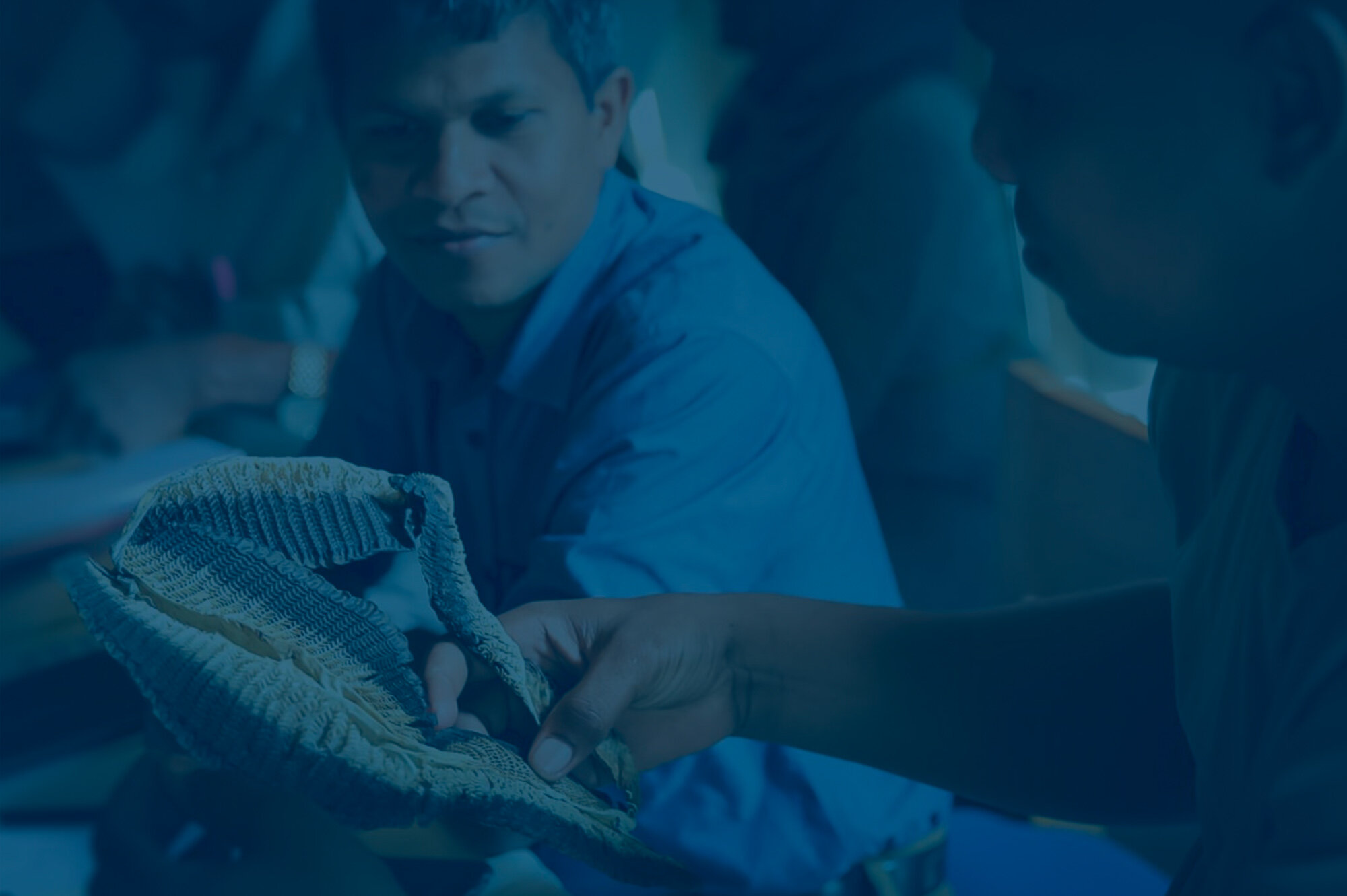
our achievements through STRATEGY AND research
Launched the Manta Trust Five-Year Plan.
To effectively play our part in contributing towards the objectives within the global strategy, and achieve our charitable vision, the Manta Trust needs to clearly define our role in the near and medium term. Therefore, in 2023 we launched our Five-Year Plan; created by the Manta Trust operations team, with guidance and input from our global network of affiliates and advisors.
Created an ‘Education & Diversity Strategy’ to break down the barriers to inclusion in the marine conservation sector.
In early 2023, we launched ‘Conserving Manta & Devil Rays: An Education & Diversity Strategy’ to prioritise breaking down the barriers to inclusion in the sector, which forms part of our wider strategy ‘Conserving Manta & Devil Rays: A Global Strategy & Action Plan’. The strategy is helping to guide our goals to diversify the marine conservation sector, gain manta and devil ray conservation support, drive conservation locally, and inspire manta and devil ray conservation champions across the world.
Created a ‘Research & Policy Strategy’ for the long-term survival of mobulids.
In 2018 we launched ‘Conserving Manta & Devil Rays: A Research & Policy Strategy’ which was designed to prioritise and direct global efforts to conserve manta and devil rays, and forms part of our wider strategy ‘Conserving Manta & Devil Rays: A Global Strategy & Action Plan’. Whilst global in scope, the strategy highlights how the Manta Trust fits into it all, and the areas where we believe we can be most effective as part of the wider conservation effort.
Published a collaborative paper on the priorities of future mobulid research.
In 2018 we published a paper designed to stimulate and focus future research by identifying pressing knowledge gaps that must be filled to facilitate improved science-based management of mobulids. To develop “Research Priorities to Support Effective Manta and Devil Ray Conservation” we assembled thirty leaders and emerging experts in the fields of mobulid biology, ecology, and conservation.
Led the strategic publication 'Sympathy for the devil: a conservation strategy for devil and manta rays'.
In this collaborative study, published in 2017, we examined trends in the scientific literature of manta and devil rays, and updated species distribution maps for all species. Using available information on target and incidental fisheries, and gathering information on fishing and trade regulations (at international, national, and territorial levels), we examined how threats and protective measures overlap with species distribution.
Led the strategic publication 'Vulnerabilities and fisheries impacts: the uncertain future of manta and devil rays'.
In this collaborative study, published in 2015, the impacts of fisheries on manta and devil ray species was investigated. Thirteen fisheries in 12 countries specifically targeting mobulids, and 30 fisheries in 23 countries with mobulid bycatch were identified in the study, and a multi-faceted list of conservation recommendations was provided.
Organised and co-hosted the 'Fisheries Society of the British Isles: Biology, Ecology, and Conservation of Elasmobranchs' Symposium in Plymouth, UK.
Speakers from the Manta Trust, Project Manta, Scripps Institution of Oceanography, Plymouth University, and the University of Queensland presented their research. The symposium brought together scientists interested in the study of fundamental biological characteristics and the ecological and evolutionary relationships of elasmobranchs, including studies focusing on their population trends and conservation status.
Organised and co-hosted the Devil and Manta Ray Conservation Strategy Workshop, in Durban, South Africa.
A group of devil and manta ray experts gathered for a conservation planning workshop, where tables of suggested goals, objectives and actions were developed. These tables were circulated to the wider devil and manta ray community following the workshop.
Established a genetics team.
We established a genetics team who are working to collate a comprehensive library of Mobulid tissue samples from all species of Mobulid ray in order to develop a global Mobulid genetic ID kit. In 2018 our genetics Project Leader, Jane Hosegood, published a paper showing robust evidence for an undescribed species of manta ray in the Gulf of Mexico, and for the resurrection of a recently synonymised species, M. eregoodootenkee.
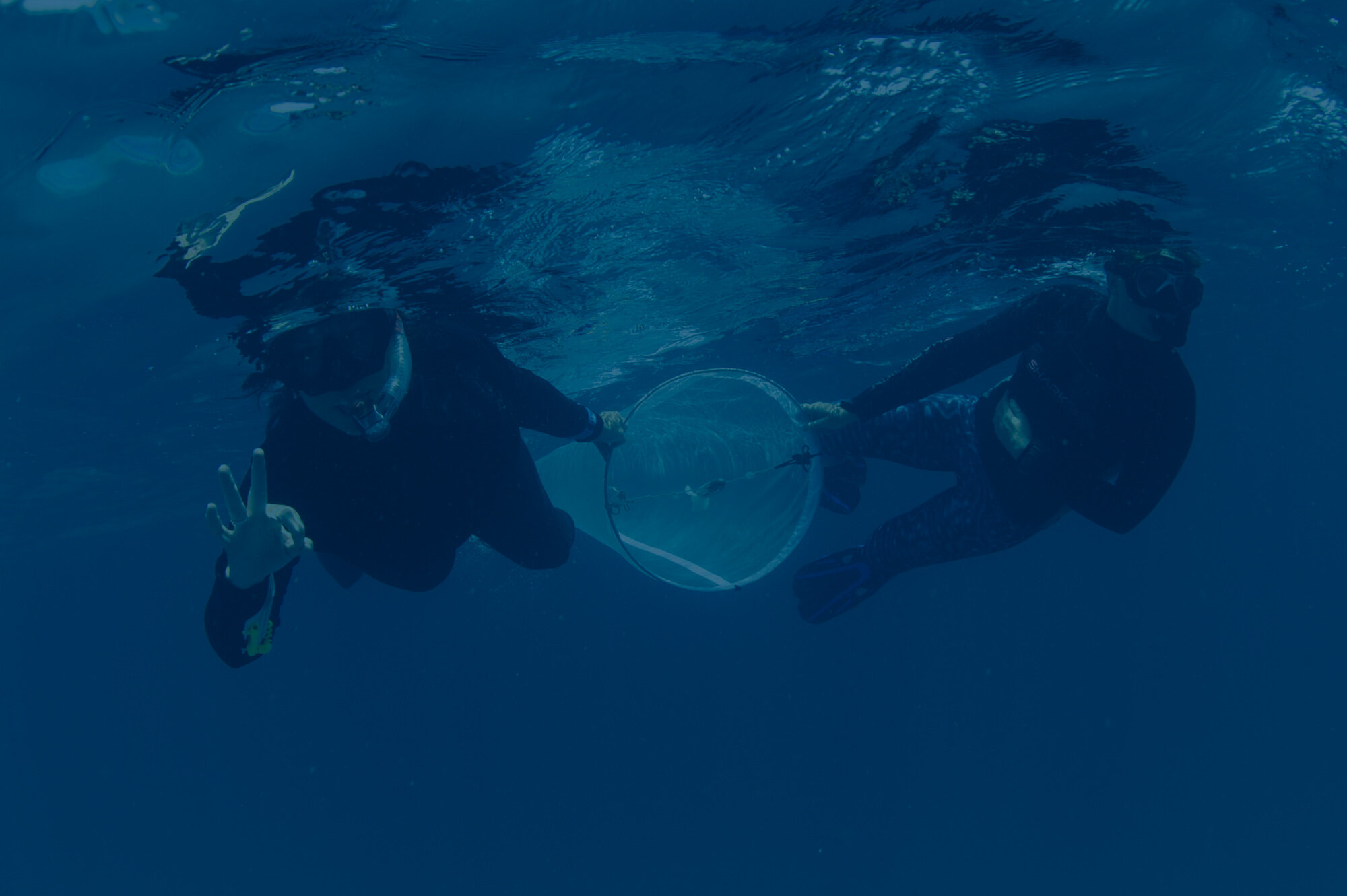
our ACHIEVEMENTS THROUGH EDUCATION AND DEVELOPMENT
Created the Manta Trust Education Portal.
We launched a dedicated education portal with teacher lesson plans, activities and kids club games. Through the portal, teachers can book virtual classes with leading scientists and conservationists from the Manta Trust. We also created a 30-page Ocean Education lesson plan booklet for educators to use worldwide, which is available to download from the portal in five different languages.
Conceptualised and launched the first World Manta Day on the 17th of September.
In 2020, we launched the first-ever World Manta Day to celebrate manta rays and to raise awareness of the threats that these beautiful, mysterious ocean giants face. Each year we host events and run campaigns to promote the day, and celebrate a different theme, to create awareness about certain aspects of manta ray conservation such as the climate crisis, education and tourism.
Took over management of the Ocean Giants Programme.
In 2020, we collaborated with the Plymouth School of Biological and Marine Sciences, to manage the Ocean Giants Programme for Conservationist Development. The programme provides participating students (Apprentices) with training and work experience in aspects of a marine conservation charity's real operations, whilst directly supporting our partner NGO’s work to protect threatened marine megafauna.
Published a comprehensive field guide to all mobulid species.
In 2018 we published the ‘Guide to the Manta and Devil Rays of the World’ by Stevens, Fernando, Dando and Notarbartolo di Sciara. This comprehensive field guide is an essential resource for fisheries management, international trade enforcement, and for anyone wanting to become involved in the ongoing efforts to research and conserve mobulids.
Launched multi-media initiative to support and increase sustainable manta tourism.
In 2017 we launched a campaign to educate tourists and operators about “How to Swim with Manta Rays”. The initiative includes the creation of a multimedia tool kit based on the Manta Trust’s research-backed Code of Conduct. This continually growing kit includes a short film, instructions for staff, and a 10- Step Guide, and is designed to help operators and tourists alike minimise the impact their interactions have on the mantas they encounter. We developed a dedicated website for this project (www.swimwithmantas.org), making the information and media tools freely available in multiple languages.
Worked with partners to create 'Best Practice Guidelines for Shark & Ray Tourism'.
We initiated a collaborative project with WWF and Project AWARE to develop ‘Best Practice Guidelines for Shark and Ray Tourism’, in collaboration with a scientific advisory group and industry experts. This includes a large outreach and education component towards dive operators, governments and the local community. The guide was launched in early 2017 and is designed to help the public create their own Tourism Guidelines that are specific to their corner of the ocean, and the shark and ray species that inhabit it.
Published world's first book on manta rays.
Manta Trust co-founders Dr Guy Stevens, marine biologist, and Thomas P. Peschak, award-winning National Geographic photographer, published the world’s first book on manta rays in 2017. ‘MANTA Secret Life of Devil Rays’ combines ground-breaking photography with the latest scientific research from our projects around the globe.
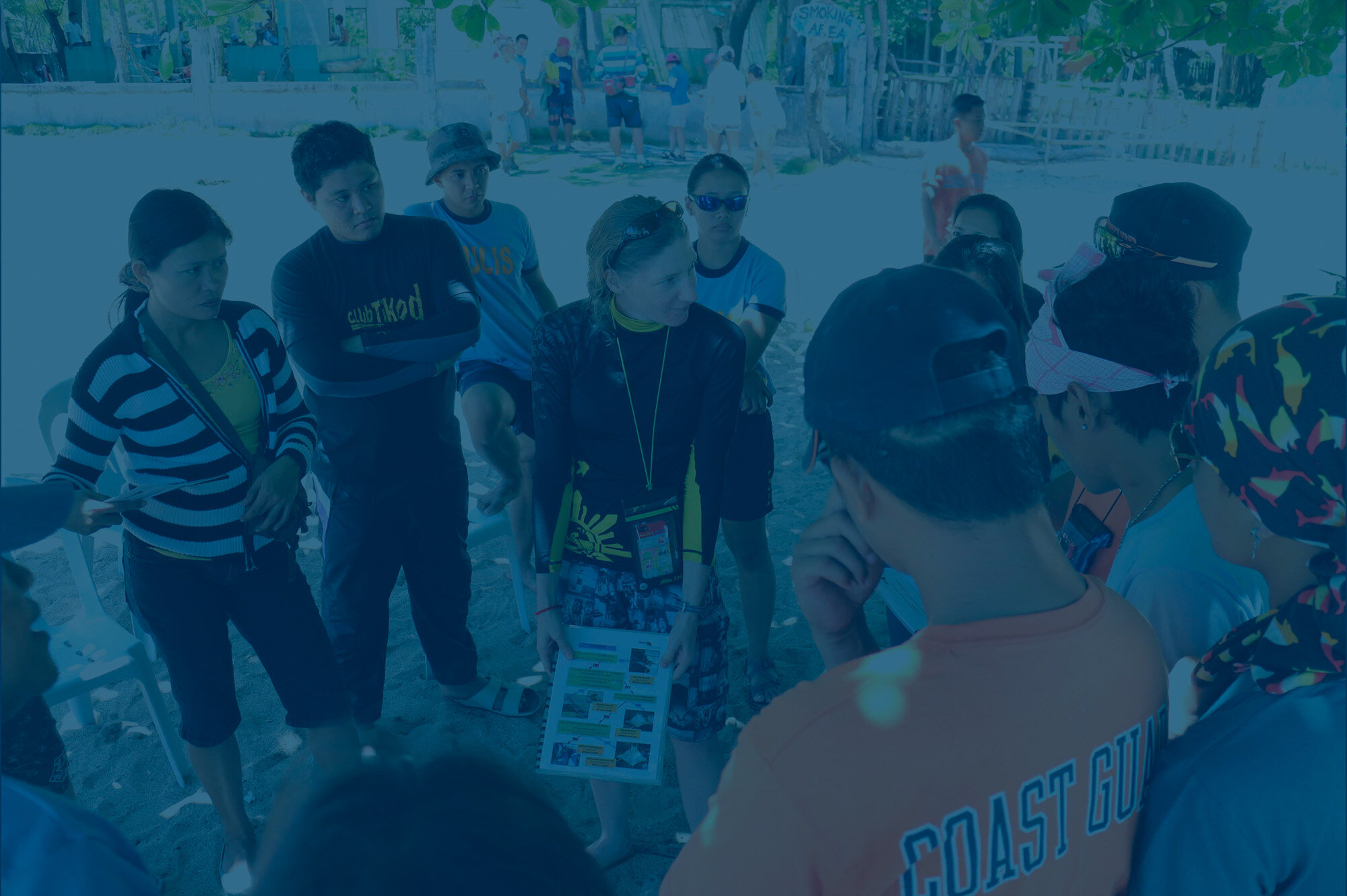
our achievements THROUGH POLICY AND PROTECTION
Contributed towards the Retention ban on mobulid rays in the International Commission for the Conservation of Atlantic Tunas (ICCAT) fisheries.
We provided details on the best protocols for handling & release (previously used for the Western & Central Pacific Fisheries Commission (WCPFC) guidelines) and circulated recommendation letters to Government representatives, with which the retention ban was approved in 2023.
Contributed towards the Regulations for the Protection of Natural or Indigenous Wildlife 6th amendment in the Maldives.
In 2023, the Maldives Manta Conservation Programme team provided details on the best protocols for safeguarding the ecology of manta rays.
Contributed to the protection of oceanic manta rays in the Wider Caribbean Region.
We collaborated with the Dutch World Wildlife Fund (WWF) and the Caribbean Islands Manta Conservation Program on the proposal for the uplisting of Mobula birostris to Annex II of the Protocol Concerning Specially Protected Areas and Wildlife (SPAW). The uplisting was approved in 2023, which will provide stricter legislation for oceanic manta rays in the region.
Submitted multiple proposals for Important Shark and Ray Areas (ISRA) in the Western Indian Ocean.
The Maldives Manta Conservation Programme team submitted a total of 43 proposals, of which 26 sites were approved as ISRA. ISRA’s mission is the enhanced conservation of all shark, ray, and chimaera species through the implementation of a systematic place-based approach, supported by the identification of ISRA throughout these species’ ranges.
Collaborated on the designation of six ecologically significant sites in Laamu Atoll, Maldives as marine protected areas.
A collaborative research effort between the Manta Trust, Maldives Underwater Initiative by Six Senses Laamu, Blue Marine Foundation, and Olive Ridley Project contributed to the designation of six marine protected areas in Laamu in 2021. One of the sites (L. Maabaidhoo Koaru Area) encompasses an important manta ray cleaning station.
Contributed data to the designation of two UNESCO World Biosphere Reserves in the Maldives.
Fuvahmulah Atoll and Addu Atoll were added to UNESCO's list of World Biosphere Reserves, with which data was contributed by the Maldives Manta Conservation Programme. Fuvahmulah Atoll is the only site in the Maldives that regularly gets visited by oceanic manta rays (Mobula birostris).
Contributed to the protection of mobulid rays in the Seychelles.
The Seychellois Government declared that 30% (410,000 sq km) of its territorial waters would become protected areas, including the home of the Seychelles Manta Ray Project, D’Arros Island and St. Joseph Atoll. This protection represents a large step forward for manta conservation in the archipelago, as reef manta rays are frequently sighted around D’Arros Island and St. Joseph Atoll where they spend extended periods of time feeding and visiting the local cleaning station.
Contributed to the protection of mobulid rays in Mexico.
Using data collected by the Manta Caribbean Project, the Mexican government made modifications to Annex III of the Official Norm for protection of species at risk of extinction, by adding all mobulid species, and therefore providing much higher protections for these species in Mexico.
Submitted 'Concerted Actions' proposal to CMS to address community transitions away from mobulid fisheries.
In 2017 the ‘Concerted Actions’ proposal we submitted to the Convention on Migratory Species CoP12 was accepted, with support from five countries (Fiji, Ecuador, India, the EU and the Philippines). It addressed the community transition and livelihood challenges that result from a change in mobulid trade legislation and fishery management.
Joined forces with several groups to secure international protective legislation for mobulid rays.
Our work with several collaborating groups has resulted in the successful adoption of all mobulid species under the Convention on Migratory Species (CMS) Appendix I & II. The Manta Trust is now an official collaborating partner to the CMS Memorandum of Understanding on the Conservation of Migratory Sharks.
Helped gain national protection for manta rays in key mobulid fishing nations.
Our campaigning and work with local communities, in collaboration with other NGOs such as WildAid and Planeta Océano, has helped manta rays to gain national protection in regions with some of the world’s largest manta and devil ray fisheries. In 2014 Indonesia created the world’s largest manta ray sanctuary in its waters, and in 2016, Peru awarded national protection to manta rays. In 2018 Thailand added all six mobulid species found in Thai waters to the Thailand national protected list making it illegal to kill, trade or possess any of these species.
Helped create & implement a management plan for Hanifaru Bay Marine Protected Area in the Maldives.
Following the declaration of Hanifaru Bay as a Marine Protected Area (MPA) in 2009, the Maldives Manta Conservation Programme assisted the Ministry of Environment in the creation of a management plan. The plan’s purpose was to sustainably control tourism and minimise the impact of visitors on the reef mantas that aggregate in the MPA to feed. This was approved by the central government in 2011 and came into full effect in 2012.
Contributed critical data and expertise for the re-assessment to ‘Vulnerable’ status of both species of manta ray on the IUCN Red List of Threatened Species in 2011.
Following this re-assessment, our collaborative efforts with researchers and other NGOs have seen all mobulid species granted legally binding international protection in the trade of products sourced from their body parts, under Appendix II of CITES (Convention on International Trade in Endangered Species). Following this, we contributed critical data and expertise for the re-assessment of Mobula birostris to ‘Endangered’ status with which official uplisting status was made in 2022.
Contributed to the declaration of Hanifaru Bay as a Marine Protected Area in the Maldives.
The Maldives Manta Conservation Programme team played a key role in gaining protection for manta rays in the Republic of Maldives. Data collected identified an increase in pressure and threats to manta rays from unrestricted tourism growth and local development, and led to the government declaring Hanifaru Bay as a Marine Protected Area in 2009. Hanifaru Bay in Baa Atoll is an important aggregation site for reef manta rays and whale sharks.
